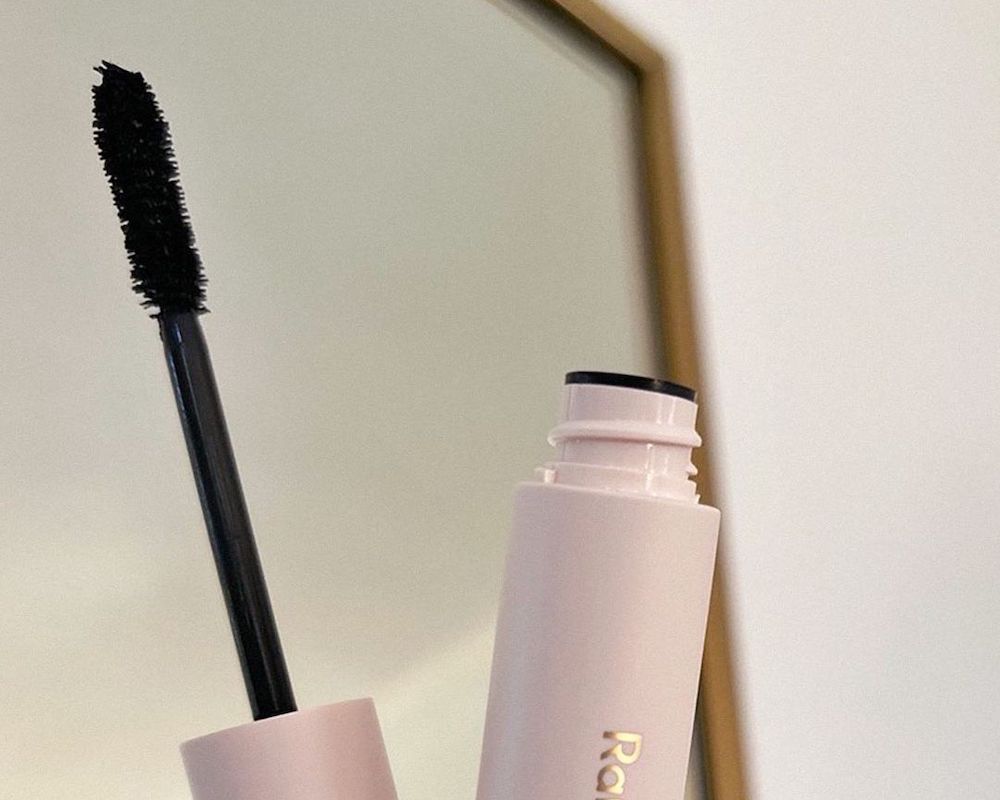Picture this: You’re getting ready for a big night on the town, and the only thing left is the pièce de résistance—a few coats of your favorite mascara. Unfortunately, you discover that the mascara has dried out prematurely, which has to be one of the biggest beauty fouls we can think of. It’s not worth crying over, of course, but it’s still annoying, especially if you’re running late and don’t have a reliable backup.
If your mascara has dried out, there could be a few different reasons why. It might be the quality of the formula you’re using or how you store it, or maybe, you accidentally pumped too much air into the tube. Thankfully, you can use a few easy DIY hacks to bring your mascara back from the dead. Ahead, two medical experts share tips on how to fix dry mascara, as well as how to prevent the predicament in the first place. Read on to learn more.
Meet the Expert
- Dr. Ava Shamban is a board-certified dermatologist specializing in various skin treatments, including acne, scarring, pigmentation, rosacea, and photoaging.
- Dr. Susan Resnick is an optometrist at Farkas, Kassalow, Resnick, & Associates P.C. in New York City.
Ways to Fix Dry Mascara
According to Shamban, how to fix dry mascara depends on how long you’ve had it. “Generally speaking, mascara or any product touching your eyes should be replaced within about six months or less after opening,” she says.
A dry, flaking product that has changed in color, texture, or smell is a dead giveaway that you’ve had it too long. But if your product has dried out prematurely (within less than six months of use), there are a few things you can do to resuscitate it.
Place It in Warm Water
Shamban’s go-to recommendation is to leave your fully closed mascara tube in a mug of hot water to soften the product. It takes around three to five minutes to notice a difference. Make sure to dry the product off with a paper towel to ensure no water seeps through. You can also wrap your product in a warm towel to achieve the same results.
Thin It Out
Shamban suggests thinning your mascara with a drop or two of a safe medi wash or saline solution. Since these drops are more viscous than water, you don’t have to worry about the solution getting too watery. Once you’ve placed the drops in, roll the mascara between your palms for a minute to warm up the formula.
Add Oil to Your Lashes
“You can brush a light layer of coconut oil or an occlusive (like squalane or castor oil) on the lash line and then brush the wand over it to see if it will soften the product and give a few extra swipes of color,” Shamban says.
While some may suggest pouring the oil directly into the formula, Shamban advises against it. “Preferably, you’d add oil to your lashes from the lash line to tip with a fresh, clean spoolie, not to the product itself.”
Don’t Pump
Resnick advises against pumping air into the mascara tube and recommends storing it properly when not in use. This will help keep the mascara from drying out. “Dried-out mascara is often a result of exposure to oxygen from pumping the wand in and out and air entering the open container,” Shamban explains.
Potential Risks
“There is always the risk that environmental contaminants and other pathogens make their way into the product and transfer to the eyes,” Shamban says. However, it’s more likely that a dry mascara will cause brittle, dry lashes (or be completely unusable) over an actual infection. “Mascara is a product with low water content, so the risks of it attracting or living with bacterial contamination or a fungus during that time is relatively low,” Shamban adds.
That said, if you introduce water or other oils into the product, you could end up with an infection. Resnick and Shamban agree you should avoid adding ingredients like aloe vera and olive oil to your mascara. “It is inadvisable to add anything into your mascara as it may contaminate the product leading to eye infections or inflammation,” Resnick warns.
Unanimously, the most low-risk solution is to throw out your mascara when it dries out. “Get a new one,” Shamban stresses. “Don’t take chances with your eyes, lids, or lashes.”
FAQ
-
How often should I replace my mascara?
Healthy practices include replacing the mascara every six months or when it runs out, whichever comes first. If you’ve been sick or had an eye infection recently, toss your products regardless of age. You can easily pass back any range of pathogens and general contact dermatitis between the eye and the product.
-
Does the price of your mascara make a difference?
Whether or not your mascara dries out has nothing to do with price. Affordable mascaras can last for a year, while an expensive one can become clumpy in a few months. It all depends on how well you care for the product (i.e., keeping the tube closed tightly and avoiding pumping air into the container).
6 Secrets Makeup Artists Use To Prevent Clumpy Mascara










